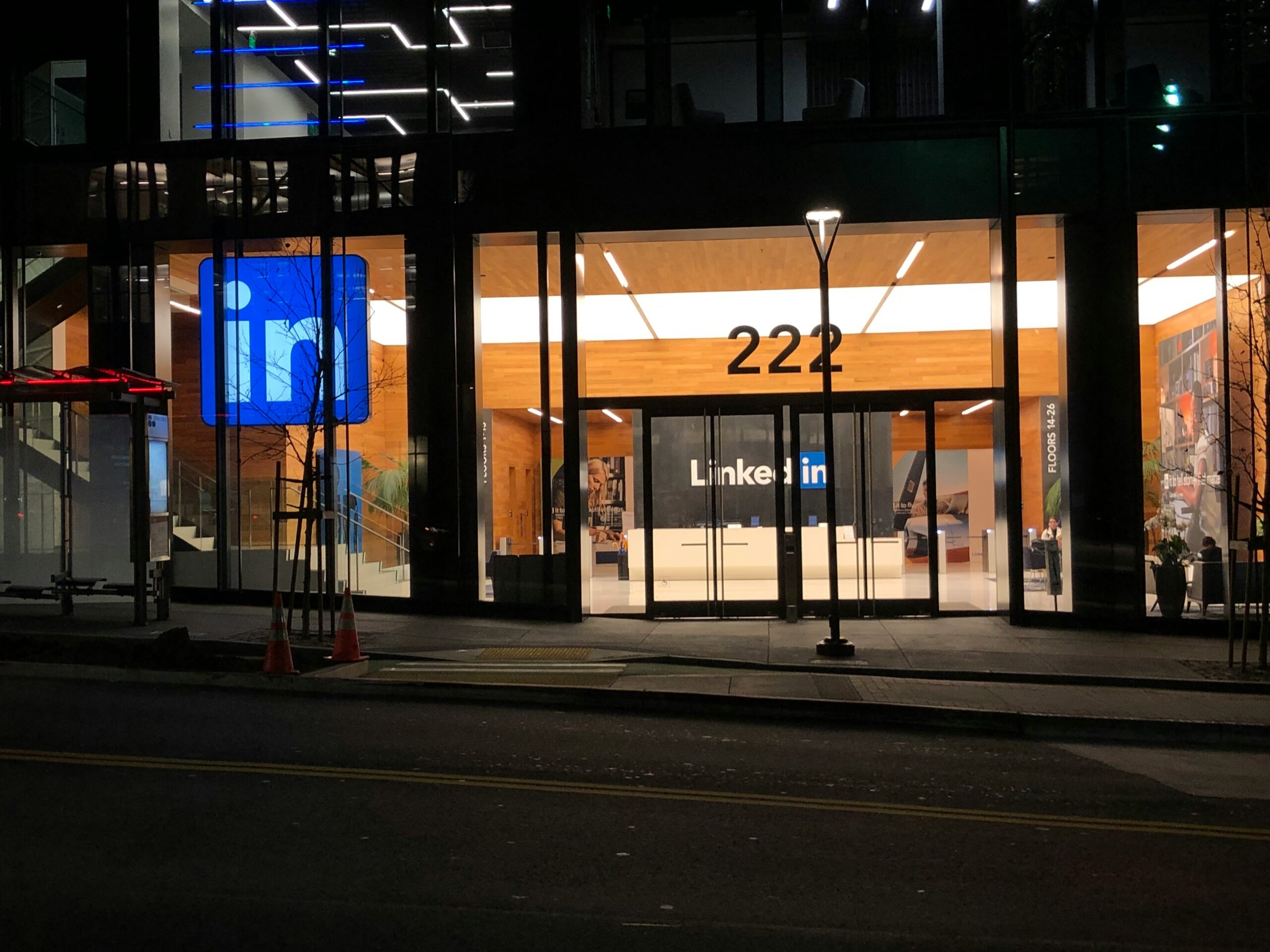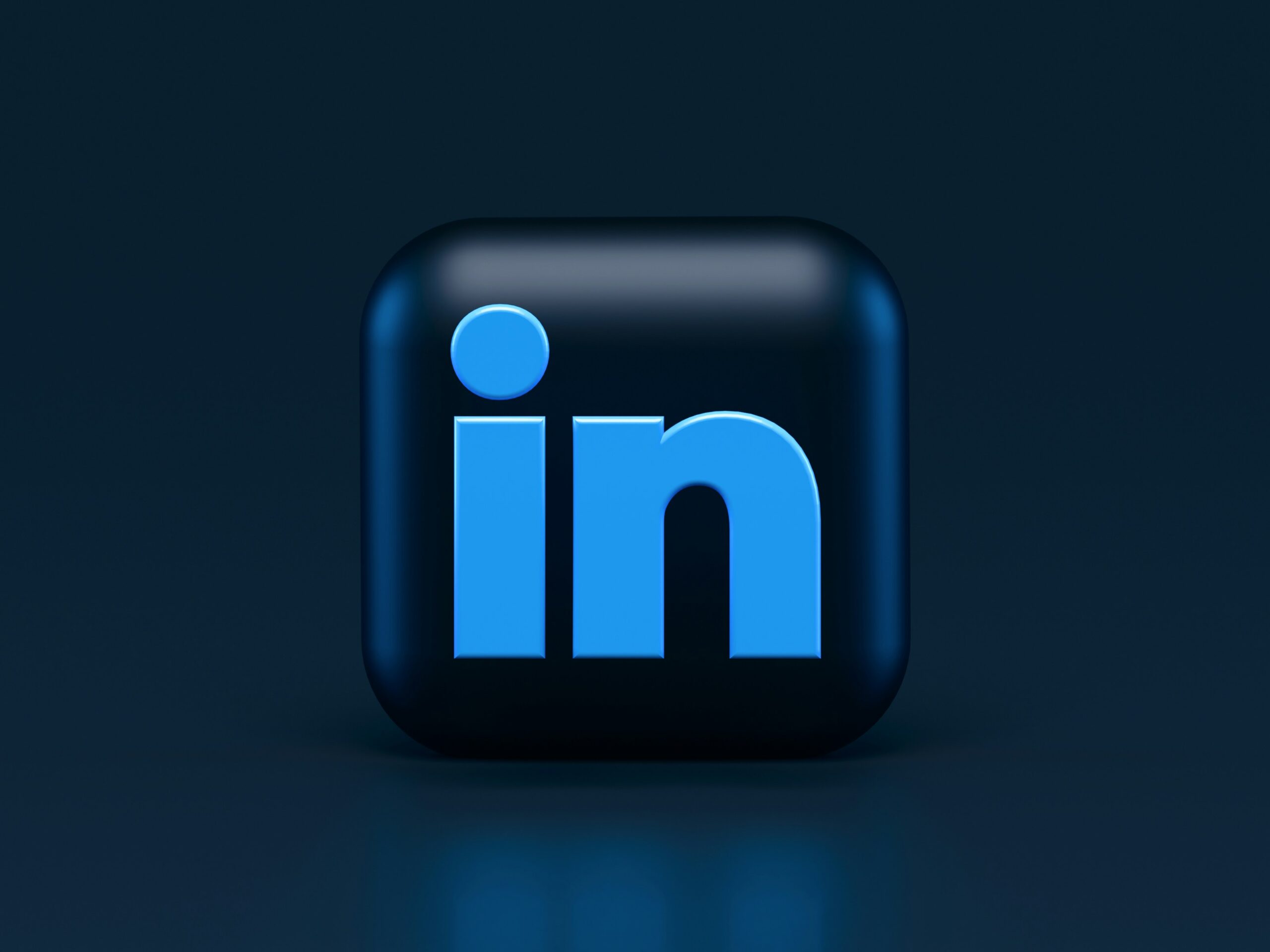LinkedIn’s algorithm has taken a new direction in 2024, phasing out hashtags and shifting toward SEO-driven content and meaningful engagement. For years, our team at LavitSolutions encouraged clients to use hashtags strategically—no more than five per post, capitalized for accessibility, and always relevant to their industry. However, as LinkedIn continues to redefine how content gets discovered, hashtags no longer carry the same weight. So, the big question remains: What should you do now that hashtags are on their way out?
This article explores what this change means, why hashtags are becoming obsolete, and the alternative strategies you can adopt to optimize your content for LinkedIn’s new algorithm.
Why LinkedIn Hashtags No Longer Matter
When LinkedIn Hashtags were first introduced, they served to categorize content and help users find posts around relevant topics. This tactic worked well for increasing visibility—until LinkedIn’s algorithm evolved to prioritize quality content over keyword density. Today, semantic search powers LinkedIn’s algorithm, meaning the platform can better understand the context and intent behind posts, not just the words or hashtags used.
This shift reflects a broader trend across social platforms: the need to reduce spammy behavior while encouraging content that offers value and relevance. Now, LinkedIn focuses more on keywords, engagement, and personalized interactions to determine what gets surfaced in feeds and search results.
The Evolution of LinkedIn Hashtags and Their Decline
Hashtags have been a part of LinkedIn since their reintroduction in 2016. Originally, hashtags were adopted to categorize content, helping users and the platform itself surface relevant posts. This followed a trend seen on platforms like Twitter and Instagram, where hashtags played a major role in boosting visibility. Users could search and follow hashtags to receive updates on trending topics, providing brands and businesses an easy way to align their posts with popular conversations.
Over the years, LinkedIn hashtags became more refined, with platform guidelines discouraging excessive use. Posts containing more than five hashtags were flagged as spam, while branded hashtags were recommended to build niche communities. However, as LinkedIn’s semantic search capabilities evolved, the importance of hashtags began to diminish. The platform’s algorithm started understanding content context without needing LinkedIn Hashtags, marking the beginning of the end for hashtag-driven visibility.

What to Do Instead of Using LinkedIn Hashtags: Strategies for Success
If LinkedIn Hashtags are no longer a major factor in visibility, here’s how your business can pivot effectively:
1. Leverage Keywords Across Profiles and Posts
Keywords now play a much more significant role in how your content appears on LinkedIn. Optimize your profile and posts by integrating industry-specific keywords strategically:
- Use relevant keywords in your headline and about section to align with what your target audience is searching for.
- Incorporate keywords naturally in post captions and article titles for better discoverability through LinkedIn’s semantic search engine.
By weaving these keywords across your content, you increase the chance of showing up in relevant searches, positioning your business as a leader in its industry.
2. Foster Engagement: Likes, Comments, and Shares Matter More
The LinkedIn algorithm prioritizes engagement. Posts that attract likes, comments, and shares gain more visibility, building organic reach. Encourage your team members and colleagues to engage with your company’s content regularly by liking, commenting, and sharing. This helps amplify posts across their networks.
Tagging employees or partners in your posts boosts engagement even further. For example, if a team member receives recognition or achieves a milestone, tagging them encourages them to share the post with their network, increasing visibility. Active participation is key—engaged communities lead to higher post performance.
3. Focus on Storytelling and Visual Content
Now that LinkedIn Hashtags carry less weight, content that resonates emotionally with your audience becomes even more essential. LinkedIn values content that offers insight, tells a story, or addresses pain points directly. Aim for posts that are:
- Relatable: Share stories that reflect your audience’s experiences or challenges.
- Visual: Include images or videos that engage the viewer, as visual content tends to perform better across all social platforms.
- Personal: Showcase moments from events, team activities, or company milestones to humanize your brand.
Consistency is also key—regularly publishing high-quality posts keeps your audience engaged and ensures your content remains top of mind.
4. Utilize LinkedIn’s New SEO Features
With LinkedIn Hashtags becoming obsolete, LinkedIn now prioritizes content discoverability through SEO-friendly strategies. To enhance your content’s performance:
- Optimize your profile by using keywords in your headline, featured section, and summary.
- Add rich media and portfolio work to the featured section for better visibility.
- Regularly publish long-form posts or articles with searchable titles and keywords, further improving your content’s discoverability.
LinkedIn’s 2024 Algorithm: A Shift Toward Context and Intent
The 2024 algorithm update reflects a growing emphasis on user behavior, engagement, and keyword relevance. This update aligns with LinkedIn’s mission to surface content that adds value to users rather than posts created solely to chase visibility. Semantic search plays a key role in this shift. By using natural language processing (NLP), LinkedIn algorithm now understands the meaning and intent behind posts, even when they don’t contain obvious keywords or LinkedIn Hashtags.
Furthermore, engagement metrics—such as likes, comments, and shares—are prioritized in ranking posts within user feeds. The algorithm now assesses the quality of interactions, ensuring that content with meaningful engagement gets surfaced more frequently. Outbound links, previously penalized for driving users off the platform, are still deprioritized, but native content and internal engagement receive boosts in visibility.

How This Shift Affects Your Social Strategy Across Platforms
While LinkedIn Hashtags may be losing relevance, they still play an important role on other platforms like Instagram, Facebook, TikTok, and Pinterest. However, some golden rules remain universal—don’t overuse hashtags, and keep them aligned with your target audience’s interests.
Each platform has its nuances, so tailor your strategy accordingly. On LinkedIn, quality content and engagement now outweigh hashtag use, but platforms like Instagram may still reward well-placed hashtags. Make sure your strategy reflects the specific platform’s algorithm to achieve the best results.
Impact of Engagement and Keyword Usage
In the post-hashtag era, data from recent studies shows that posts with relevant industry-specific keywords tend to perform 20-30% better in search visibility. LinkedIn’s collaborative articles, long-form posts, and employee milestones are examples of content formats that thrive under the new algorithm because they encourage user interaction and shareability.
According to Richard van der Blom’s 2024 LinkedIn Algorithm Report, engagement ratios—particularly comments over likes—carry significant weight. Posts that spark conversation through open-ended questions or thought leadership tend to achieve higher engagement scores, which increases their reach by an estimated 15-25%. Moreover, internal team participation (such as employees interacting with the brand’s posts) contributes to up to 30% more organic reach.
Comparing LinkedIn’s Evolution with Other Platforms
While hashtags continue to play a critical role on Instagram, TikTok, and Twitter/X, LinkedIn’s strategy represents a divergence from these platforms. On Instagram, for instance, hashtags remain a key tool for discoverability in niche communities. However, as LinkedIn algorithm focuses more on professional networks and intent-driven search, the value of hashtags diminishes, shifting the focus toward SEO-based content marketing. This content-first approach aligns with the platform’s goal of fostering authentic engagement and meaningful professional relationships.
This transition also reflects a broader trend seen across social media platforms, where algorithms increasingly reward quality content and penalize engagement hacks like hashtag stuffing. LinkedIn’s decision to move away from hashtags streamlines the user experience, reducing spam while allowing the algorithm to focus on context-rich interactions.
The Road Ahead: Staying Relevant Without Hashtags
This transition signals a shift toward deeper audience connections and a focus on valuable content rather than quick engagement tricks. As LinkedIn algorithm users adjust to this change, businesses that succeed will be those that embrace the new rules:
- Consistency: Regularly engage with your audience through thoughtful, keyword-optimized content.
- Collaboration: Work with employees and industry partners to amplify your message.
- Adaptability: Keep up-to-date with LinkedIn’s algorithm changes and adjust your strategy accordingly.
At LavitSolutions, we believe that adaptation is the key to long-term success in digital marketing. While hashtags may be taking a backseat, the opportunities for growth and engagement on LinkedIn algorithm are far from over.
Hashtags Are Out, But Your Content Can Still Shine
The death of hashtags on LinkedIn marks a new chapter in content strategy, but it also opens the door to more meaningful interactions and organic engagement. By focusing on keywords, storytelling, and active participation, businesses can build deeper connections with their audience and achieve sustainable growth on the platform.
Looking for help optimizing your LinkedIn strategy? Reach out to LavitSolutions—we’ll guide you through these changes and help you develop a content plan that aligns with the latest algorithm updates. Together, we’ll ensure your brand stays relevant and thrives in this new era of LinkedIn marketing.

